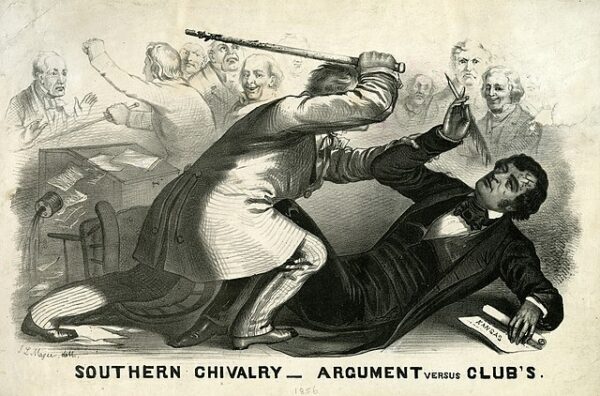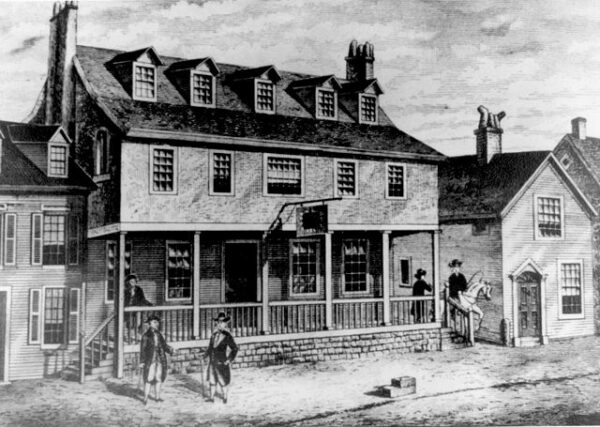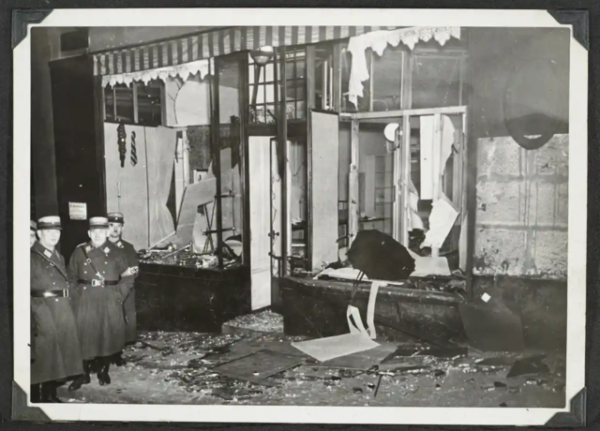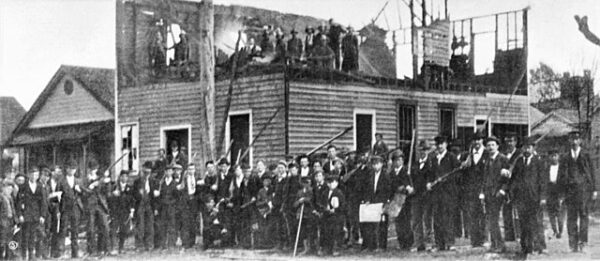On May 22, 1856, the United States Senate chamber witnessed a shocking and violent episode that reflected the intense sectional tensions of the antebellum era. Congressman Preston Brooks of South Carolina brutally assaulted Senator Charles Sumner of Massachusetts with a cane, an event that became emblematic of the deep divisions over slavery in America.
The attack was precipitated by a speech Sumner delivered on May 19, 1856, titled “The Crime Against Kansas,” during which he vehemently criticized the pro-slavery forces for their role in the violent struggles in Kansas Territory. Sumner’s speech was particularly scathing towards Senator Andrew Butler of South Carolina, whom he mocked for his pro-slavery stance and his relationship with the institution of slavery, which Sumner described in highly personal and derogatory terms. Sumner’s invective against Butler, who was absent during the speech, struck a chord with Butler’s cousin, Preston Brooks.
Brooks, a slaveholder, felt compelled to defend his kinsman’s reputation and the South’s honor. On May 22, Brooks entered the Senate chamber where Sumner was seated at his desk. After a brief exchange, Brooks began to savagely beat Sumner with a heavy cane. Sumner, caught off guard and trapped by his desk, was unable to defend himself. Brooks struck repeatedly, breaking his cane in the process and leaving Sumner with severe injuries.
The reaction to the assault sharply divided along regional lines. In the North, Brooks’ attack was seen as barbaric and a gross violation of the principles of free speech and civil discourse. Sumner became a martyr in the cause against slavery, and his suffering was used to rally anti-slavery sentiment. Many in the North viewed the attack as symbolic of the violent tendencies inherent in the institution of slavery itself. The event galvanized abolitionists and contributed to the growing tensions that would eventually lead to the Civil War.
In the South, however, Brooks became a hero who had defended Southern honor against Northern insult. He received numerous canes from admirers, symbolizing their approval of his actions. The Southern press praised Brooks, and he was even re-elected to his congressional seat after resigning in the wake of the attack. This stark contrast in regional reactions highlighted the deepening chasm between North and South over the issue of slavery.
The Sumner-Brooks incident also had significant political repercussions. It intensified the polarization within Congress and contributed to the radicalization of both sides. In the North, the Republican Party used the incident to illustrate the violence and lawlessness associated with the pro-slavery faction, bolstering its anti-slavery platform.
Sumner’s recovery was long and arduous. He spent three years convalescing in Europe and did not return to active duty in the Senate until late 1859. However, he remained a staunch advocate for abolition and played a significant role in the anti-slavery movement.
The caning of Charles Sumner by Preston Brooks was more than a violent altercation; it was a reflection of the broader national conflict over slavery. The event underscored the failure of dialogue and compromise and marked a point of no return in the sectional strife that would soon engulf the nation.






